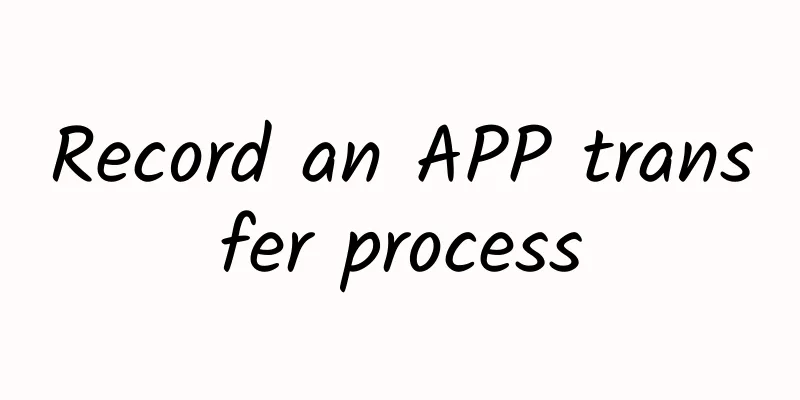Anyone can build their own AI robot from scratch

|
From driverless cars to software engineering, from the financial industry to the medical field, artificial intelligence (AI) is rapidly integrating into every aspect of our daily lives , especially large models such as ChatGPT, which are playing an increasingly important role in our society and the global economy. Faced with the upcoming AI-driven society, the issue of democratization of AI education has received increasing attention. However, although many existing robotic platforms can be used in AI, multimedia, and robotics education, they generally have problems such as high cost, single design, and lack of attractiveness . How can we provide affordable, high-quality, and attractive AI education to everyone? Now, there’s a new option — a team of researchers from the University of Southern California and Cornell University has created a low-cost, accessible, open-source learning module to help college and high school students build their own robot friends from scratch. It is reported that this learning module not only provides open source documentation, assembly manuals and affordable materials, but can also be freely customized and expanded to help students from different socioeconomic backgrounds obtain personalized learning experiences based on their personal educational goals. In addition, this learning module also places special emphasis on human-centered AI , hoping that students can better understand the interaction between humans and AI and AI ethical issues through practical learning activities. The related research paper, titled "Build Your Own Robot Friend: An Open-Source Learning Module for Accessible and Engaging AI Education", was recently published at the Education Symposium of the Association for Advanced Artificial Intelligence (AAAI). Affordable, customizable, people-oriented According to reports, the open source learning module mainly consists of three parts: robotics, machine learning (ML), software engineering and mechanical engineering, providing students with practical experience and introductory guidance on various aspects of AI. It has the following three main features: 1. Affordable The research team customized and simplified Blossom, a small open-source robot originally developed by Hoffman at Cornell University (reducing it from 63 components to 20), which reduced costs and development time for learners. They chose 3D printing technology to make materials instead of more expensive laser printing, which makes the cost of making a custom robot about $250. Compared with existing robotic platforms such as NAO robots (costing about $15,000) or Poppy robots (costing about $7,000), the production cost is significantly reduced. Not only that, these improvements also shortened the assembly time of the robot, making the robot more affordable and easy to use. 2. Customizability The research team updated the open source software and hardware materials in the learning module and created detailed documentation and video tutorials. Learners can not only easily create their own basic version of the robot, but also use their creativity to customize the extended functions of the robot according to their own choices. Allison O'Connell, co-first author of the paper, designed five different looks for Blossom using crochet techniques and created detailed, easy-to-follow patterns and tutorials for each version, including baby onesies, knitted and crochet options that are low-cost and customizable . After building the robot, students can further customize Blossom with features like robotic eyebrows, color-changing lights, and even an expressive facial screen. “By incorporating crafting into this project, we hope to engage creative students who may have never considered how to combine their skills with robotics and engineering .” For O’Connell, creativity has been a vital part of her own engineering journey. Figure: The robot is programmed to recognize the user's head posture and mimic the user's head movements. 3. People-oriented Existing AI learning modules mainly focus on AI agents without any social or expressive abilities, and have not considered human-centered AI and AI ethics. In the field of robotics, existing courses and learning modules widely cover conventional robotic tasks such as robot positioning and manipulation. Similarly, in machine learning education, courses and learning modules also mainly focus on the technical aspects of machine learning pipelines, and the datasets commonly used do not focus on the human-centered theme. The research team believes that it is very important to include the topic of human-centered AI in AI education. They set up the AI learning module to build a personal social robot to introduce this topic to students. The learning they designed covers educational content related to human-centered AI, such as human-computer interaction, human perception, emotional computing, and AI ethics . Build your own robot companion To evaluate the learning module, the research team conducted a two-day usability testing workshop with 15 university students. The students were divided into four groups and followed the instructions of the learning module to assemble the Blossom robot and add knitted accessories to its exterior. They built and programmed the robot to recognize, track and imitate their head poses, and used pre-trained head pose tracking and gesture recognition models to detect and imitate the user's nodding behavior. At the end of the workshop, all four groups of students successfully completed their work objectives. After the workshop, 92% of participants felt that the workshop helped them learn more about Robotics and Electronic Engineering, Computer Science and Software Engineering, AI and ML, and Mechanical Engineering; 85% of participants said that the learning process was easy to understand; and all participants felt that the workshop helped encourage them to learn more about Robotics and AI in the future . Figure: Scale survey results. The above,research results show that this learning module can provide effective, easy-to-operate, and attractive AI learning,,which can enhance students' interest in further learning about robotics and AI. In future work, the research team plans to evaluate the module with high school students to further validate and improve the module for use with students at different educational levels. “We’re excited to share more about our project with people around the world,” Shi said. “We want to ensure that people from all socioeconomic backgrounds have the opportunity to receive AI education and participate in the process of improving AI.” Reference Links: https://arxiv.org/abs/2402.01647 https://viterbischool.usc.edu/news/2024/02/how-to-build-your-own-robot-friend-making-ai-education-more-accessible/ |
>>: New world record! This number has been accurate to 105 trillion decimal places
Recommend
Human genome sequencing has been completed. What does this mean?
It is very interesting for humans to study their ...
Liu Weidong's Operation Notes | Learn content operations from Sohu
text Before writing, I would like to share with y...
The world's first "gar" is in Yunnan? The ancestor of the water's little tyrant has been discovered
The gar, which now lives in the freshwater enviro...
Get new product information in the information flow! Seize the traffic dividend at the starting line
Information flow advertising was first born on Fa...
New Zealand stoneflies change color? Humans may be the new "directors" of insect evolution...
Author: Yan Hui Duan Yuechu On the stage of natur...
A positive case in Zhengzhou tested negative for nucleic acid for 12 consecutive times. How many nucleic acid tests should be conducted to ensure peace of mind?
Recently, a positive case in Zhengzhou tested neg...
An expelled "planet": What did Pluto offend?
Pluto, as the first Kuiper Belt object detected, ...
How can your app win in the competition if it cannot achieve intelligent operation?
The so-called intelligent operation focuses on ac...
Moxtra Xu Congyi: "Geek" collaboration helps team growth and creates a one-stop communication experience
As we all know, cloud computing, big data, mobili...
Lenovo YOGA2 Review
Lenovo YOGA 2 13 can be regarded as a popular vers...
How are customs duties calculated for overseas shopping?
In recent years, with the development of domestic...
Video Network Promotion Methodology
According to iResearch mUserTracker data, in 2016...
Major live streaming sales events in the first half of 2020
2020 can be said to be the year when live streami...
2018 Technology Company Atlas: The Birth and Fall of the Top Ten "Internet Celebrity" Apps
2018 was the year when mobile Internet fell from ...









